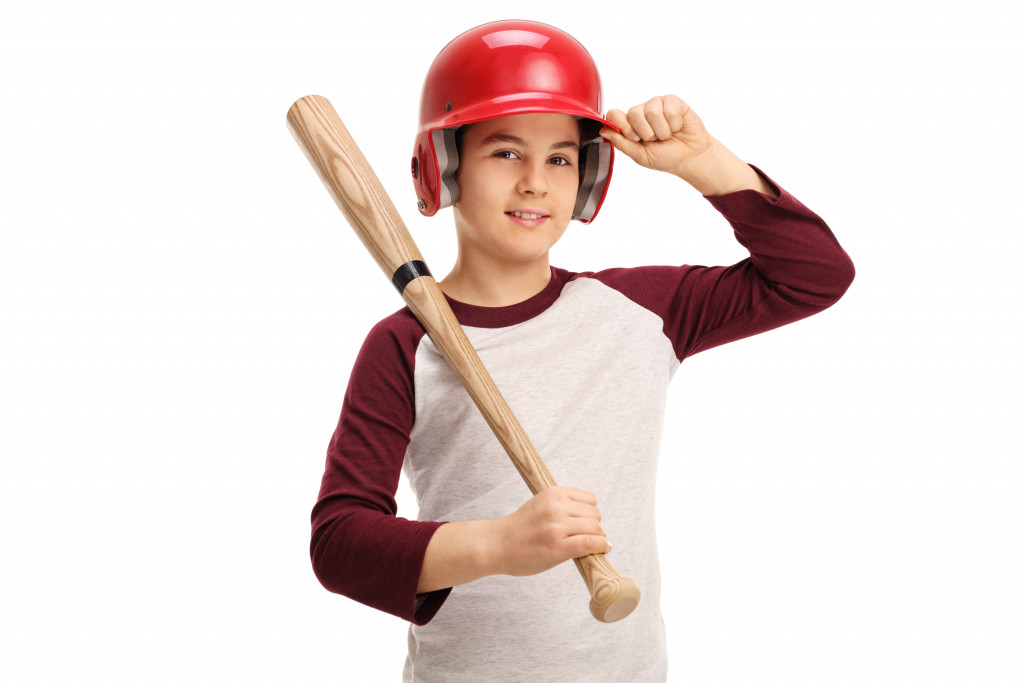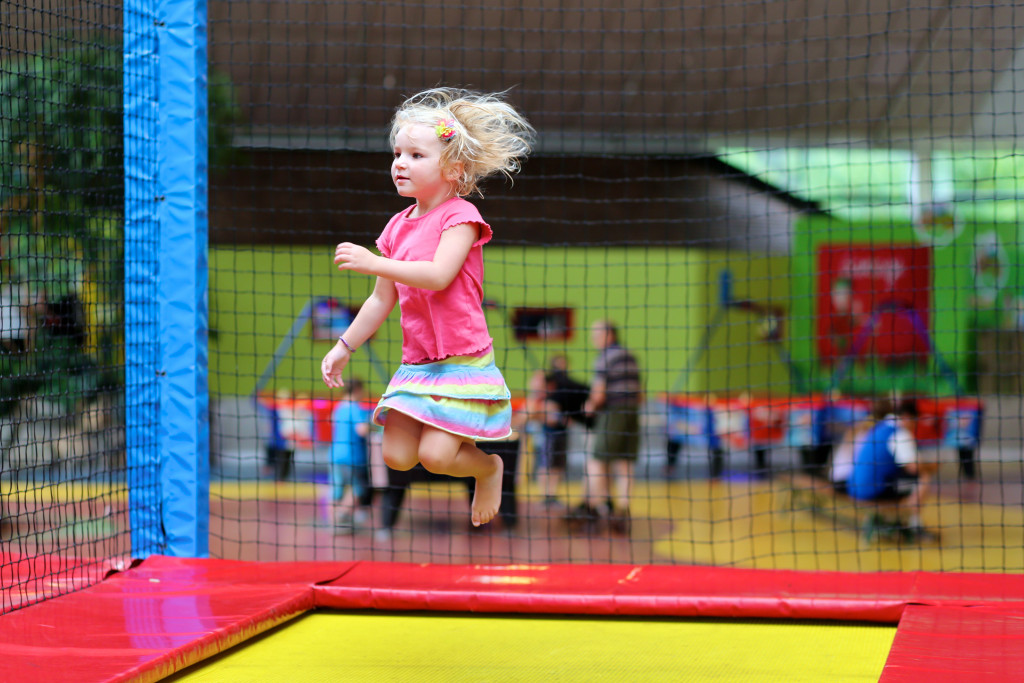As parents, our top priority is keeping our children safe. We do our best to childproof our homes and teach our kids about safety, but accidents can still happen. According to the CDC, accidental injuries are at the top when it comes to the causes of death in children aged 1-4. There are many ways to help keep your toddler safe at home and when they are out and about. Here are some tips for ensuring the safety of your toddler:
Childproof Your Home
As any parent knows, keeping a toddler safe can be a full-time job. From the moment they start crawling, it seems like they’re into everything — and often, things that can be dangerous. That’s why it’s so important to childproof your home. You can help ensure that your little one stays safe while exploring their world by taking some simple steps.
One of the most important things you can do is to secure any potentially hazardous items. This means putting away sharp knives, cleaning products, and small objects that could be choking hazards. You should also ensure that any electrical outlets are covered and that any poisons are locked up out of reach.
Another way to childproof your home is to create a safe play area. This can be done by fencing off an area of the yard or setting up gates at the top and bottom of the stairs. You should also ensure that toys or furniture in the play area are safe and sturdy. By taking these precautions, you can help to create a haven for your toddler to explore.
Keep an Eye on Your Child Around Pets
As a parent, it’s essential to be vigilant about your child’s safety. This is especially true when there are pets in the home. Dogs, in particular, can pose a risk to small children if they’re not adequately trained. Even the friendliest dog can become agitated or aggressive if provoked, and a child’s natural curiosity can put them in harm’s way.
That’s why professional dog obedience training is so necessary. It can help your dog learn to respond to commands and stay calm around small children. If you have a pet, enroll them in obedience training as soon as possible. In the meantime, keep a close eye on your child when they’re around pets, and never leave them unsupervised. Taking these precautions can help keep your child safe from harm.
Use Safety Gear When Appropriate
While it’s important to let the kids explore and have independence, there are some situations where it’s necessary to use safety gear. For example, when they’re learning to walk, it’s vital to have them in a harness or walker, so they don’t hurt themselves if they fall.

When they explore the kitchen, having them in a high chair with a tray is vital, so they can’t pull hot food off the stove or reach for sharp knives. And when they’re outside, it’s important to use sunblock and insect repellent to protect their delicate skin. Taking these precautions can help ensure your toddler’s safety and give you peace of mind.
Store Medications and Household Cleaners Out of Reach
It’s important to keep medications and household cleaners stored out of reach of toddlers for several reasons. First and foremost, these products can be extremely harmful if ingested. Even small amounts can cause serious health problems or even death. In addition, toddlers are curious by nature and are likely to explore any open container they come across.
If medications or cleaners are within reach, there’s a good chance your child will sample them at some point. By keeping these products out of reach, you can help to prevent accidental poisonings. Finally, it’s important to remember that toddlers are often surprisingly adept at climbing. If you store medications or cleaners on high shelves, use childproof locks to prevent your child from accessing them. Following these simple steps can help ensure your toddler’s safety.
Keep Harmful Plants Out of Reach
One of your top priorities as a parent is keeping your toddler safe. And while you may think that the most significant dangers are cars and stairways, many common household plants can harm toddlers if ingested. To help keep your little one safe, it’s essential to be aware of which plants are toxic and to keep them out of reach. Some of the most common harmful plants include aloe vera, dieffenbachia, and philodendron.
These plants can cause everything from stomach upset to difficulty breathing, so it’s best to err on the side of caution and keep them away from curious hands. Of course, accidents can still happen, so it’s essential to know the signs and symptoms of plant poisoning and seek medical help immediately if you suspect your toddler has ingested a harmful plant.
As any parent knows, keeping your child safe is your number one priority. However, with the many dangers that exist today, it can be challenging to know where to start. First, ensure you have a good understanding of the dangers in your child’s environment. Whether it’s traffic safety, gun safety, or stranger danger, knowledge is the power to keep your child safe.
Second, take steps to create a safe environment for your child. This might include installing locks on doors and windows, teaching your child how to use 911, or having a family plan for dealing with emergencies. Finally, stay involved in your child’s life and be available to answer their questions and offer guidance.
